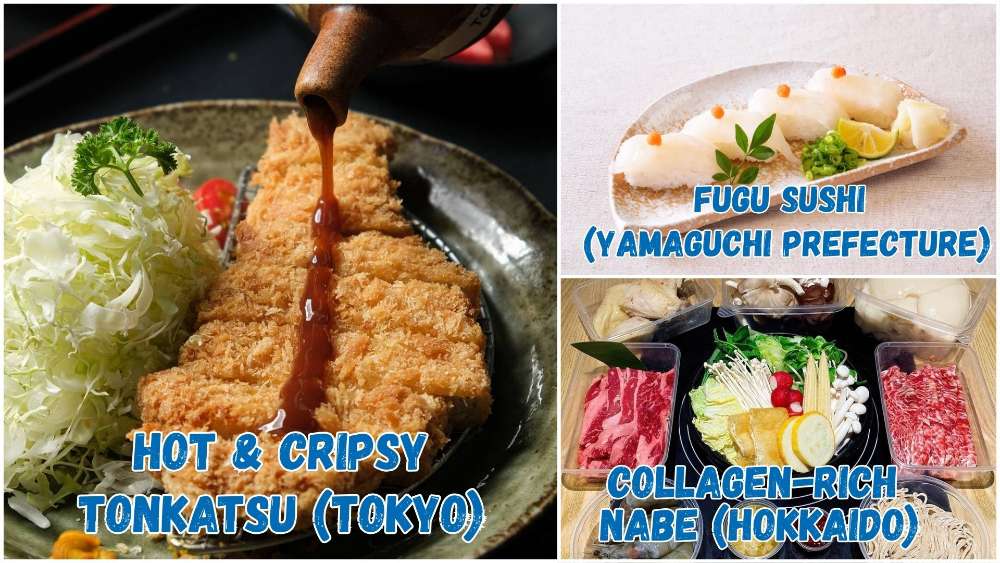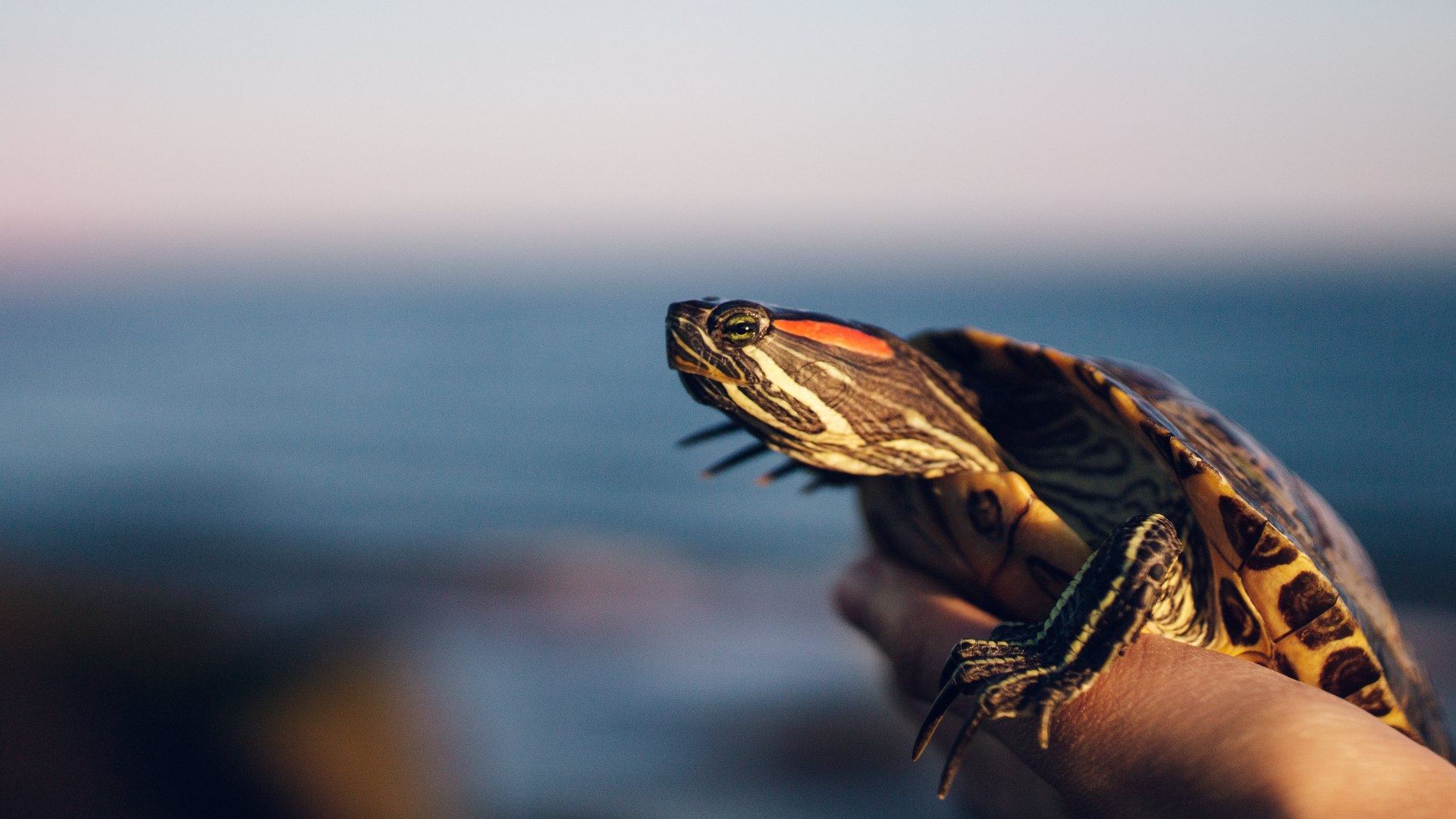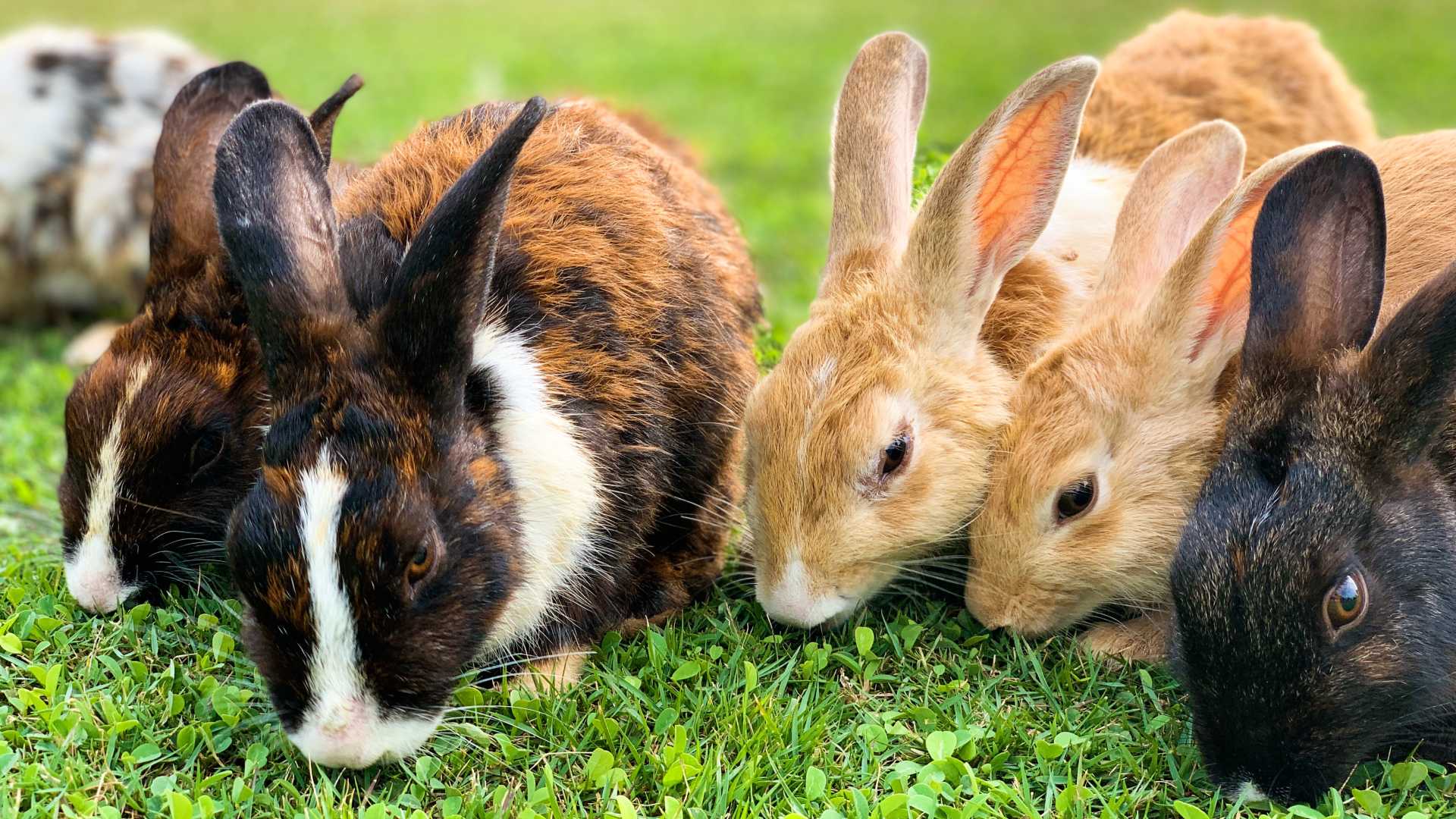Are You Really Ready To Keep One Of These As A Pet?
Sold at pet stores for a relatively low price, this familiar terrapin is called a Red-Eared Slider. It’s a small creature, and that’s why many who want to keep a Red-Eared Slider as a pet often underestimate how much it costs for an initial aquarium set-up, not to mention the time and effort it takes to keep your turtle happy and healthy.
If you think you’re ready for – get this – a couple of decades of commitment, then use this as a checklist to see whether you’ve got it all covered before you start a relationship and a life with a shelled friend.
BASIC INFO
• They are freshwater turtles.
• They are ectothermic creatures. That means they regulate their body temperature largely based on exchanging heat with their surrounding environment.
• Life span: 20 to 50 years
• Size: Up to 12 inches (about 30 cm), but on average about 5-9 inches (12.7 to 22.8 cm)
• Females are generally larger than males; their cloacal opening does not extend past the edge of the shell.
• Males have longer tails and long front claws.
• Monthly spending on turtle food: $30 on average
• Temperament: Shy at first but will warm up to you. When handling, always go gentle and slow and have both hands supporting their body and legs. This helps to limit stress and minimise the potential of snapping.
HOUSING
Four healthy and well-kept red-eared sliders for adoption. Three were given to me and one was rescued from a bad situation (tiny tank). I have a tank big enough for one slider. Can also provide turtle food.
Posted by Lynette Ooi on Saturday, 4 July 2020
Enclosure
General rule of thumb: Provide 10 gallons of water for every inch of length of your turtle, but an even better general rule of thumb: bigger is always better. For baby turtles, the tank should be a minimum of 20 gallons; for adults, 60 or 100 gallons.
Type of enclosure: Glass and acrylic aquariums, plastic indoor or outdoor ponds. (Check out this link for affordable aquarium prices.) Include a screened or mesh covering over your turtle’s aquarium to prevent it from escaping and to prevent things from falling into the aquarium accidentally.
Lighting
Full spectrum UVA and UVB fluorescent light is needed for proper calcium metabolism, overall health for synthesising vitamin D3 and improving your turtle’s appetite.
Basking allows them to dry up and warm up; reduces risks of fungal infections because there is no moisture on their shell (moisture breeds infections such as shell rot); and prevents algae build-up. Lack of basking will stress turtles out and cause other health problems to occur.
Heat
The water temperature should be kept at 76 to 84 degrees Fahrenheit (or 24.4 to 28.8 degrees Celsius).
The basking area with UV light should be kept at 88 to 95 degrees Fahrenheit (or 27.7 to 35 degrees Celsius) during the day.
Do not leave a heater under the water. Doing so could have serious consequences: your turtle could destroy it, leading to the water overheating.
Aquarium accessories
1) There should be sufficient wet and dry land made of stacked rocks and stones or a floating plastic bay.
Wet area:
• Water depth should be 2 times the length of the turtle (minimum)
• Water width should be 3 times the length of the turtle (minimum)
• Water length should be 5 times the length of the turtle (minimum)
Dry area:
• A basking spot
• A ramp for easy access to basking area
2) Get a good-quality aquarium filter which will help to clean the water. Turtles can get sick very easily from dirty water:
• Canister filters are a popular choice for turtle keepers, or try waterfall filters.
• Activated carbon should be changed every 3 to 4 weeks.
• There should be a 25% water change every 1 to 3 weeks (add in water conditioner to neutralise chlorine and chemicals)
3) Large rocks, driftwood, and caves (which you can easily get from pet stores) could be added into the environment for enrichment and entertainment.
4) Adding some aquatic plants may help with water quality but could also end up being eaten by your turtle. Avoid fake plants as your turtle might attempt to eat them.
Substrate
TBH, there is no need for substrates. Your turtle might miss out on some enrichment there, but the tank will be safer, cleaner, more economical, and easier to clean – believe me, your turtle’s food and waste will already be messy enough.
If you do want to add substrates, pool filter sand or river rocks (most are made of granite) make great options for your aquarium.
Never use gravel substrate. It can cause significant damage to your turtles.
DIET
Pellets alone are not enough for your turtles, and give your turtles the bare minimum that they need. A varied diet that includes vegetables, animal or insect protein, and vitamins is a more well-balanced one with a bit of oomph:
• Pellets: should make up 25% to 50% of your turtle’s diet
• Animal-based protein (live prey): should make up less than 25% of your turtle’s diet. Live prey (invertebrates like earthworms, mealworms or black soldier fly larvae) provides protein, entertainment and exercise for your turtle
• Vegetables: should make up 50% of your turtle’s diet. Try Romaine lettuce, kale or bok choy
• Aquatic plants such as water lilies, water hyacinth, and duckweed
• Fruits such as apples, bananas, melons and berries; remember to remove the seeds, cores and pits!
• Vitamins and supplements: not required but won’t hurt if you do give your turtle some
It’s important to note that your turtle’s diet changes with its age. A young red-eared slider would require more protein in its diet than a matured adult.
When it comes to the feeding schedule, if your turtle is aged 6 months to 1 year, feed it once a day. If it is over a year old, you can feed it thrice a week.
This is just some of the basic information every turtle keeper should know. Part of being a responsible pet owner is to do your own thorough research about the species you're interested in before deciding to bring it home.
If you’re confident that you're ready to embark on this journey, how about contacting some local turtle-related Facebook pages, private rescues or other such organisations to see if there are any Red-Eared Sliders up for adoption? You’ll be doing a great thing
All the best!
For the latest updates on Wonderwall.sg, be sure to follow us on TikTok, Telegram, Instagram, and Facebook. If you have a story idea for us, email us at [email protected].











